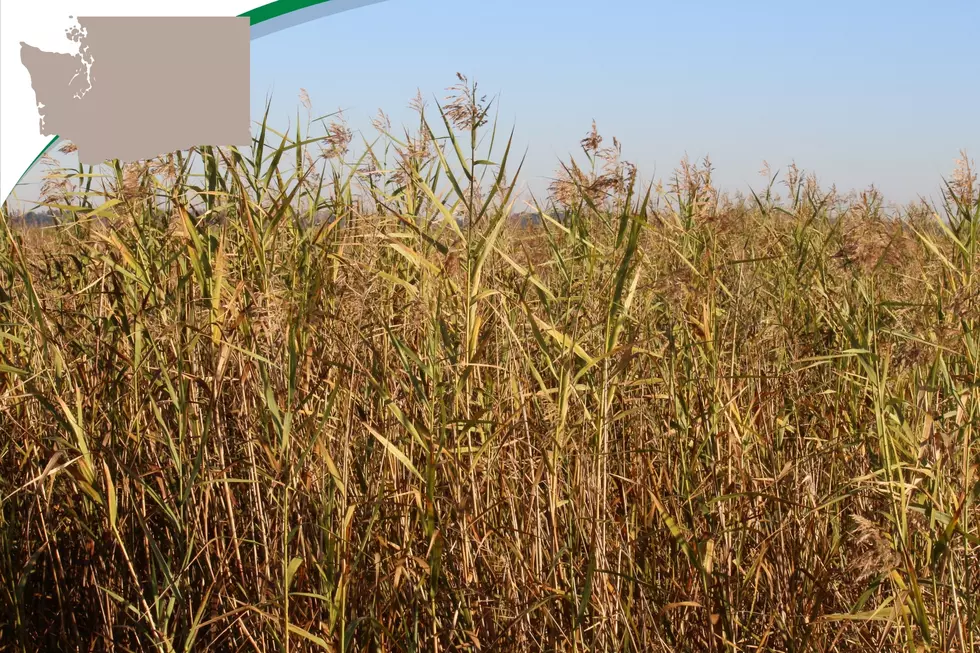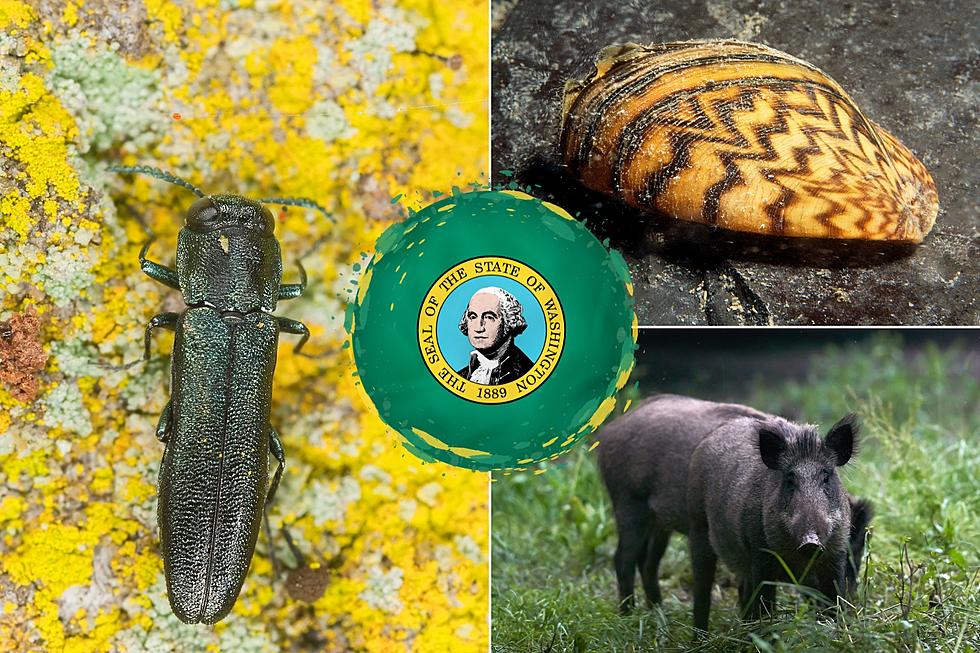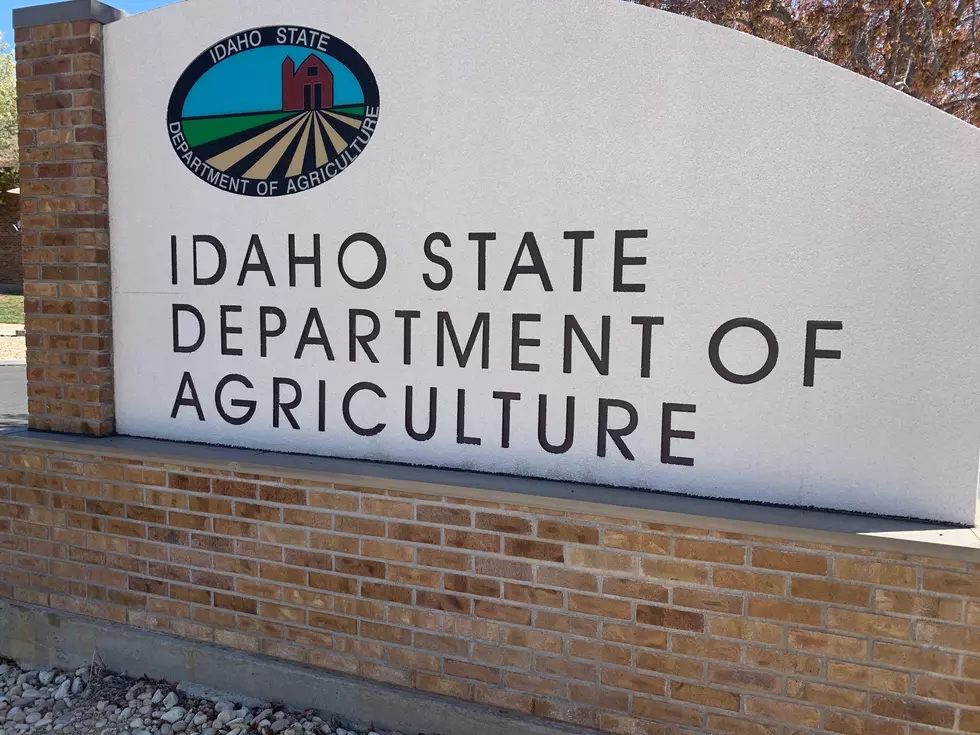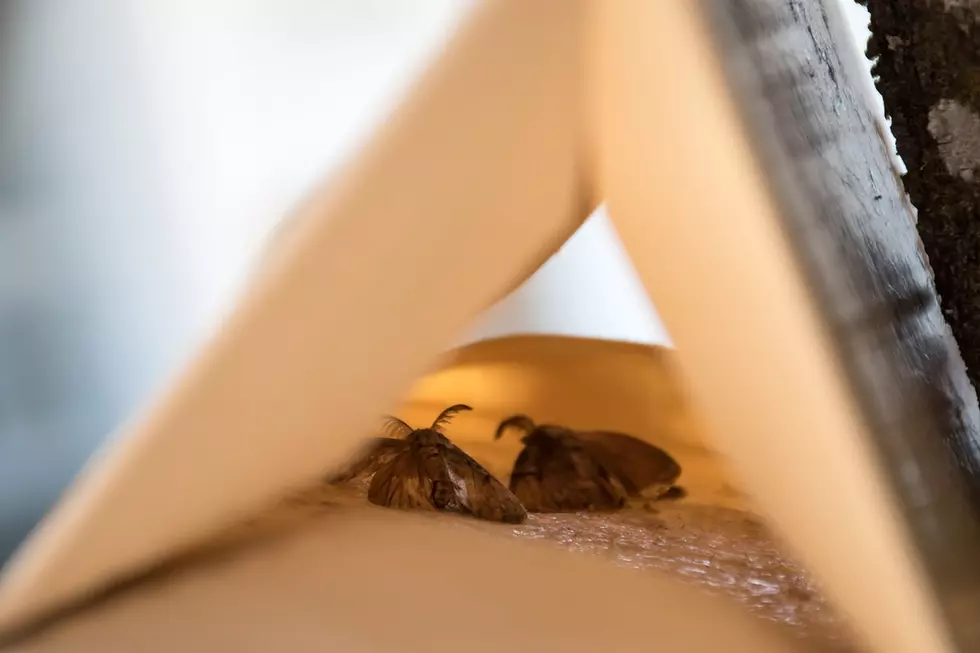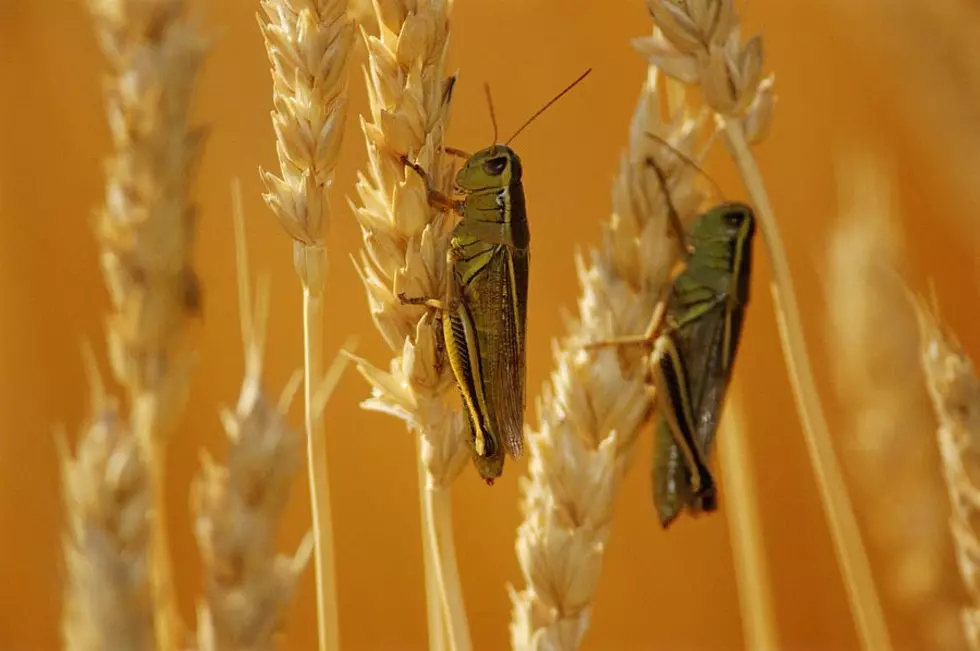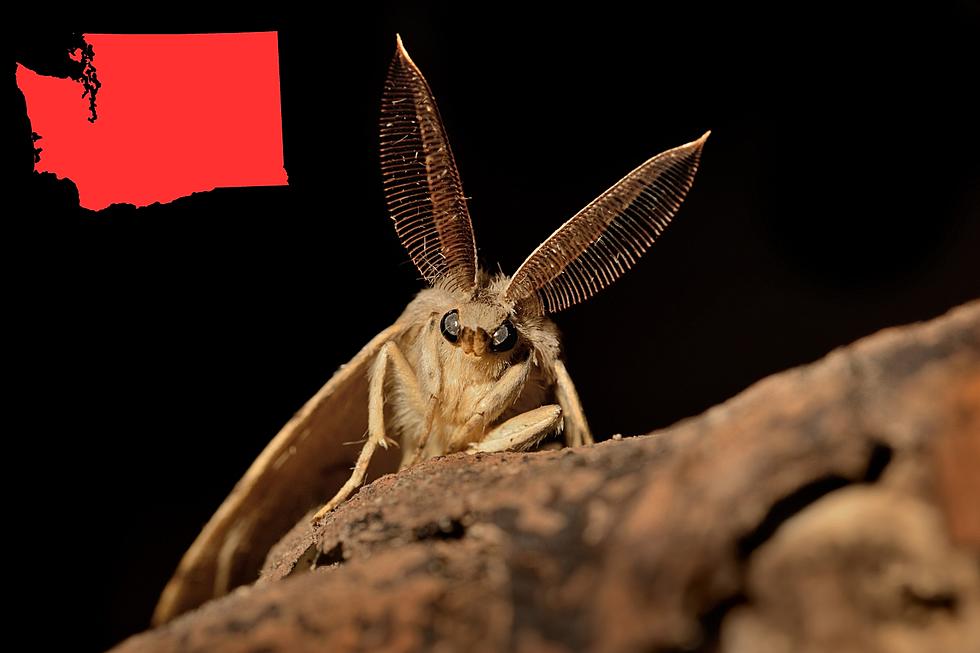
WSDA Targets Invasive Spongy Moth With New Eradication Plan
The Washington State Department of Agriculture (WSDA) is proposing to treat two sites for the invasive spongy moth (Lymantria dispar). The largest site – totaling 1,393 acres – is in the Steamboat Island Rd area of Thurston County. Another site totaling 920 acres is proposed near Concrete in Skagit County.
The treatment consists of an aerial application of Bacillus thuringiensis var. kurstaki – more commonly known as Btk – which is a soil-based bacteria toxic only to caterpillars. The product is approved for use in organic agriculture and has an excellent safety record for humans, pets, birds, fish, and bees and Treatments occur in the spring when caterpillars begin to feed on the trees and shrubs. WSDA has used this product successfully for the last several decades.
Before the proposed treatment plan is finalized, WSDA will be conducting state and federal environmental reviews at both sites, which will include a public comment period as part of the process. The department will also conduct extensive outreach to those who live in or near the area to ensure they are aware of the proposal. WSDA will be holding in-person and virtual open houses about the project as well as mailing information to residents in and near the proposed treatment areas.
Spongy moth is one of the worst invasive pests introduced into the United States. The moth is established in over 20 eastern states, where in outbreak years it can defoliate millions of acres of trees and shrubs. If the moth were to establish in Washington, it could have significant impacts on neighborhood trees, parks and forests, as well as the native species that depend on trees and shrubs for food or habitat.
Although there are new introductions from other states or overseas most years, WSDA has successfully and safely protected the state’s natural resources from the moth for 50 years. Visit agr.wa.gov/moths for more information about WSDA’s work to protect our environment from spongy moth, sign up for text message or phone call notifications about the project, or join the project Facebook group.
Five Of The Most Dangerous Invasive Species in Washington State
Gallery Credit: Rik Mikals
Washington's Top 10 Commodities
Gallery Credit: Danielle Kootman
More From PNW Ag Network
